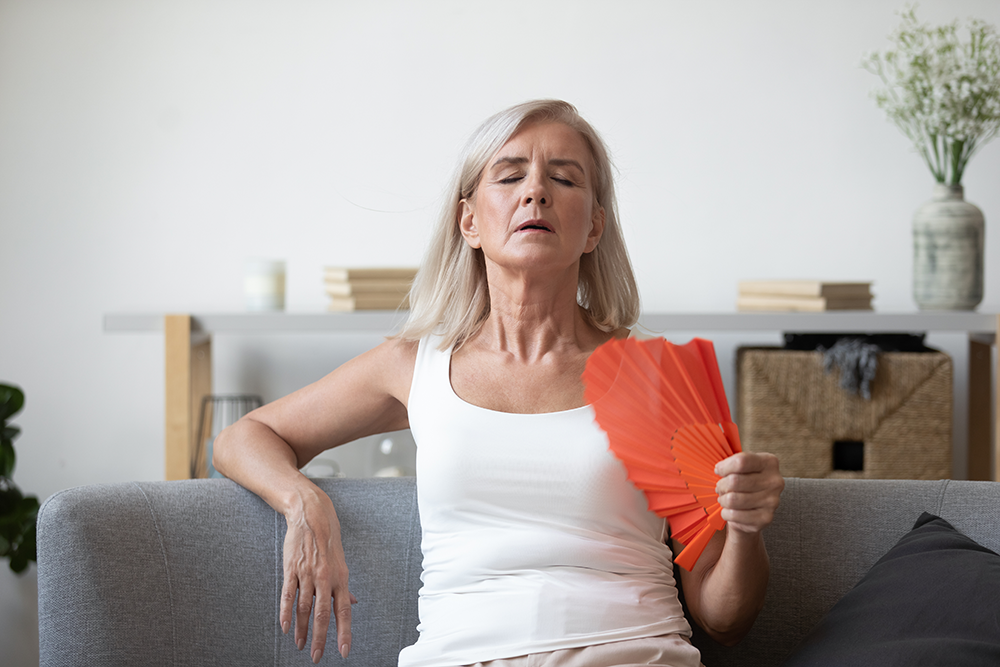Greater Trochanteric Pain Syndrome (GTPS)
GTPS is sometimes referred to as lateral hip pain or trochanteric bursitis and is a common condition in runners and the wider population. It effects women more than men and is often precipitated by a sudden change in loading intensity (an increase in mileage, an up hill run, a longer than usual walk).
The old term was trochanteric bursitis (more recently we have started using GTPS as some may not be true bursitis issues, but maybe a gluteus medius compressive tendinopathy) and there are some typical signs and symptoms in most patients:
- pain on loading (walking, running, standing)
- lying on that side may initiate pain(often patients find sleep difficult)
- walking up slopes or upstairs may make the pain worse
- stiffness after sitting
- tenderness to the touch at side of the hip
It’s all about compression!
Most of the current thinking is a based around the soft tissues at the hip being irritated by compression against the piece of the hip bone called the greater trochanter (lying on it or the lateral tissues tensioning when loading on one leg is initiated). The greater the load the greater the tension and hence more pain. So the first part of treatment is to modify this- don’t lie on your side, don’t cross your legs or sit with the knees together and don’t walk/run to a level which provokes the reaction.
What’s the best treatment for lateral hip – trochanteric bursitis pain?
- Exercise rehabilitation
- Shockwave Therapy
- Injections can be useful in some patients (but not all)
- Don’t stretch or compress the structures at the side of the hip. No local massage, foam rollers or ITB stretches ( stretching your ITB can increases compression and is controversial as it is so strong that huge forces are required)
- Strengthen and load the leg in good positions- you need to get a rehabilitation program started asap.
- Get your running style checked.
- Graded return to loading activities such as running.
- Dry needling, taping etc may help symptomatically for some, but it is not addressing the source of the problem. So you need the rehabilitation exercise plan from a sports physiotherapist (https://www.physis.uk.com/what-is-a-sports-physiotherapist/ ).
How long does GTPS take to get better?
If you see the right physiotherapist and get the right advice/plan, then some can settle within a few weeks. But get it wrong and the typical case can last 6-9 months. In most cases we can get you back to running within 6 weeks and then hopefully resolved within 12 weeks. But this depends on how long you have left it before coming in!).
So if you would like a diagnosis for your lateral hip pain and a planned rehabilitation strategy then give us a call at Physis Physiotherapy on 0131 478 4646 or book online.



